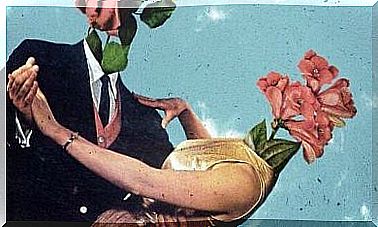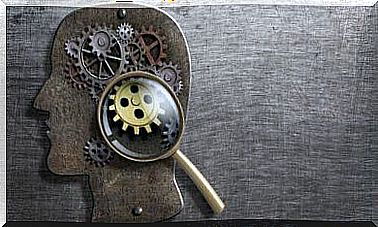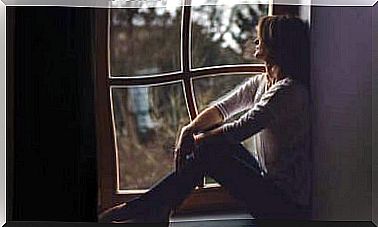The Magic Of Order And The Awareness Of What You Have

It is said that order is the pleasure of reason and disorder is the delight of the imagination. However, for the Japanese, putting a certain space in order is an art that can also lead us to make a profound reflection on what we own and on the need to keep only what excites us, what is really useful and that brings us. happiness and well-being.
Marie Kondo is certainly the figure who has gained considerable fame in recent years by teaching the art of tidying up. With her hit book “The Magic Power of Tidying”, this woman became one of the 100 most important people in the world according to “Times” magazine, competing in sales with her compatriot, Haruki Murakami.
It must be said that, of course, there is something hypnotic in the so-called Konmari method , proposed to us by this super-sales guru. It is simple, it is drastic, it starts with the smallest things and ends with the bigger ones and, first of all, it reminds us that objects also have a soul and that we need to talk to them, thank them for the services offered and, then, take our leave of them in a solemn way if we decide to do without them.
In the eyes of a Westerner, this perspective may seem a bit exaggerated and even ironic. Many of us accumulate many things, many objects, memories, clothes, books and tons of papers, so many that if we were going to carry out this ritual, we would need a lifetime to put our house in order. However, strange as it may seem, this approach has conquered the whole world and, in some ways, has also helped us to see household chores differently, from an emotional point of view.
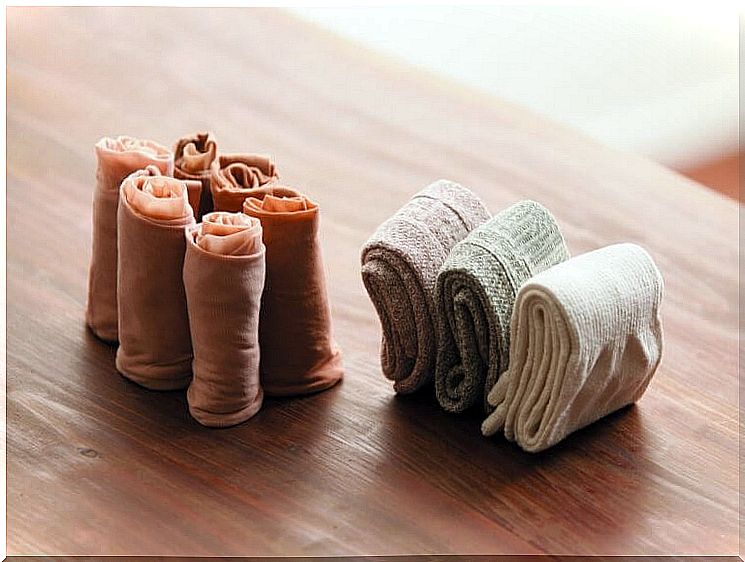
The magic of order and the stimulus of disorder
We all know that orderly environments convey calm, discipline, and righteousness. It is as if the ordered environments, in some way, invite us in turn to generate behaviors in keeping with this balanced disposition. However, and it is in it the singular aspect of the topic, according to a study carried out by the University of Minnesota, the work scenarios in which objects or decoration are messy stimulate creativity in almost 70% of their workers.
It is as if the disorder invites us to innovate, to break with what has been established, to find new stimuli, new challenges, new confrontations … Does this mean, therefore, that the approach proposed by Japan is wrong? That this order, which tries to sell us Marie Kondo, ultimately generates submission, righteousness and an inflexible mindset in us? Absolutely not, behind his method there is actually an aspect that is worth integrating into our life.
The Konmari method invites us to improve our life through the “renewal” of our closest and most familiar contexts. It is much more, therefore, than limiting ourselves to tidying up a wardrobe or a living room: it is cleaning our reality to achieve adequate inner well-being. We are faced with an intimate ceremony with which to activate our emotions, with which to go beyond the simple katakuze (cleaning and tidying in Japanese) to reach a spiritual level.
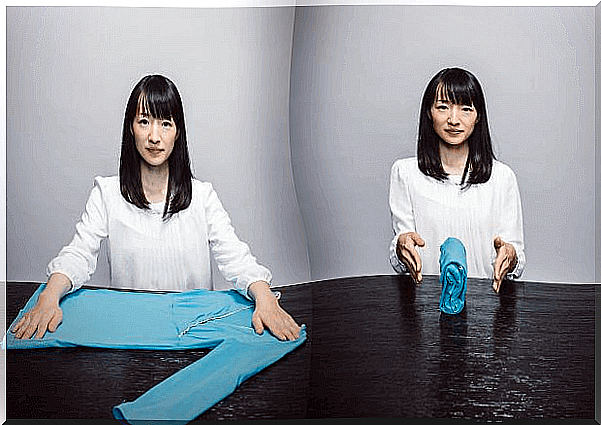
There are people who have a natural, and almost obsessive, tendency to order; others to chaos. We all know it, but the magic element of this strategy is the intermediate space in which to balance both forces, where we can find ourselves and feel at ease without going to extremes. The ideal, therefore, is to adapt the Konmari method to our needs and our particular needs.


